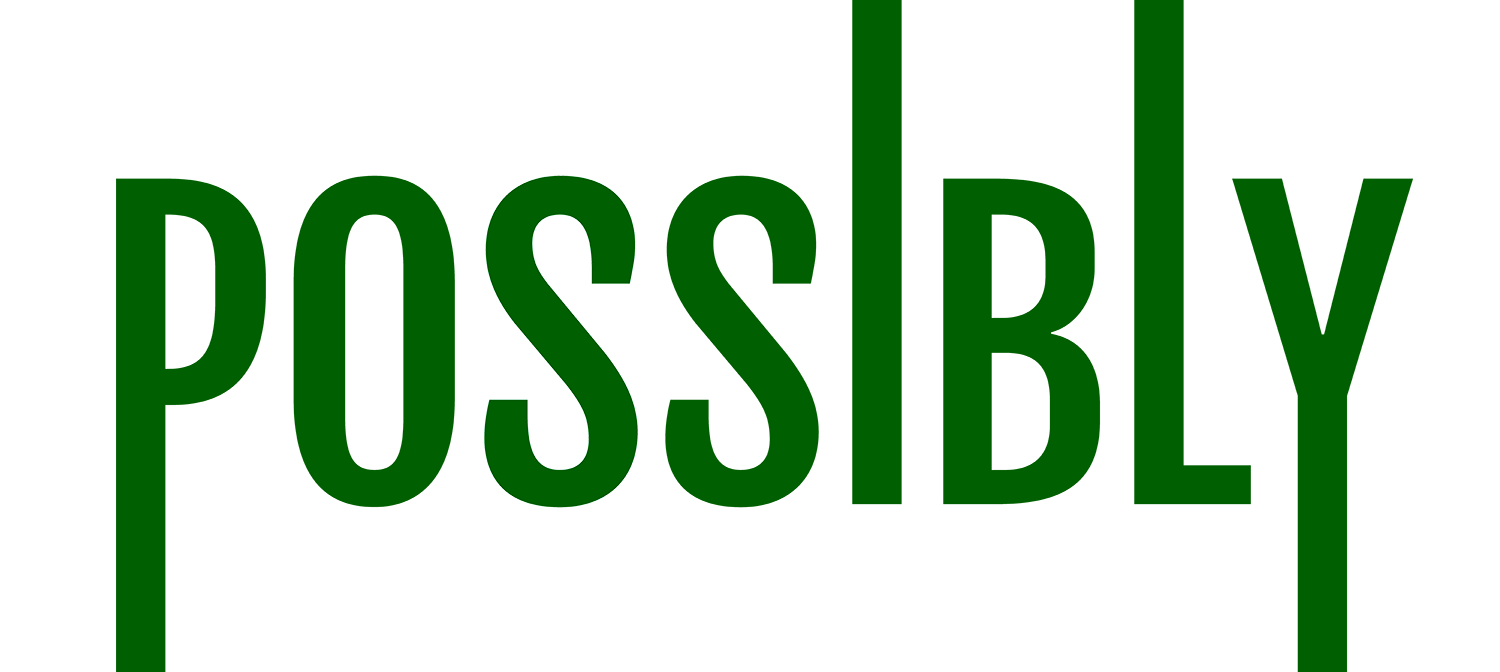
Megan Hall: Welcome to Possibly, where we take on huge problems like the future of our planet and break them down into small questions with unexpected answers. I’m Megan Hall.
Today we’re taking a look at a fun way to be more aware of the amount of plastic we put into the world.
We had Marin Warshay and Ashley Junger from our Possibly team look into this. Welcome, Marin and Ashley!
Marin Warshay: Hey, Megan!
Ashley Junger: Hi!
Megan Hall: So why is it important to visualize our trash?
Marin Warshay: Well, globally, humans produce about 400 million tonnes of plastic waste every year..
Megan Hall: That sounds like a lot!
Ashley Junger: It is. And in the U.S. only about 9% of our plastic waste is recycled. The rest ends up in landfills or polluting our waterways.
Megan Hall: What can we do to cut that number down?

Marin Warshay: It depends on the country. In France, for example, manufacturers are responsible for getting rid of their packaging, which has cut down a lot on waste. In the U.S, it’s on the consumer, which is one reason we don’t recycle very much.
Ashley Junger: But at the individual level, one way to cut down your personal plastic use is to be more aware of the amount of plastic you use every day.
Marin Warshay: To learn more, we talked to:
Nathan Gray: Nathan Gray, I’m the founder of House Factory Foundation and the project lead to Ecobrick US.
Ashley Junger: Nathan says plastic is going to stick around for hundreds of years, so we need to be mindful of how much we are producing.
Nathan Gray: Really, the plastic waste just never goes away no matter what aspect or recycling method you use. So all plastic has to be thought of as a lifetime (17:26-17:40)
Marin Warshay: Nathan’s grassroots organization promotes ecobricks as a way to be aware of your waste.

Megan Hall: Wait, what are EcoBricks?
Marin Warshay: They’re actually pretty simple. They’re just plastic bottles filled with pieces of other plastic.
Megan Hall: That’s it?
Ashley Junger: Yeah, the next time you finish a bottle of water, you could pack it with clean, dry plastic wrappers. And bam! You’ve made an ecobrick.
Marin Warshay: Nathan’s philosophy is that seeing the waste you produce right in front of your eyes is a powerful incentive to make you use less in the future.
Nathan Gray: I think that ecobricks are mainly an education tool, something that you can build, right from the comfort of your own home to realize the amount of plastic waste that you consume on a daily basis.

Megan Hall: Oh okay, so like a DIY project! Are a lot of people making ecobricks?
Ashley Junger: According to Nathan, over 50 tons of plastic have been used to make EcoBricks so far.
Megan Hall: Ok, but what do you do with them?
Marin Warshay: Actually, they’re being used as a construction material.
Ashley Junger: Ecobricks are fairly new in the engineering world, but they are being used for small projects like benches and walls. Nathan even says he wants to build a tiny home with them.
Megan Hall: So, if I make an ecobrick, what should I do with it?
Ashley Junger: If you don’t have a project in mind, you can always make some and give them away. There are groups around the world that collect them.
Marin Warshay: There are 8 drop-off locations in the United States, mainly in New England and they’re used in projects all over the world, including Latin America, Africa, and South Asia.
Megan Hall: So, what’s the take-away here?
Ashley Junger: Ecobricks won’t solve our plastic problem, but they’re a good reminder that we need to try to create as little waste as possible, recycle what we can, and support changes to the way we regulate all this plastic waste!
Marin Warshay: And if you feel like being creative, ecobricks can be a way to turn your trash into a tool–both literally and for learning.
Megan Hall: Exciting! Thanks Marin and Ashley.
That’s it for today. For more information, or to ask a question about the way your choices affect our planet, go to the public’s radio dot org slash possibly. Or subscribe to us wherever you get your podcasts.
Or follow us on Twitter and Facebook.
Possibly is a co-production of the Institute at Brown for Environment and Society, Brown’s Climate Solutions Initiative, and the Public’s Radio.
The post Can we build things with our plastic waste? appeared first on TPR: The Public's Radio.
